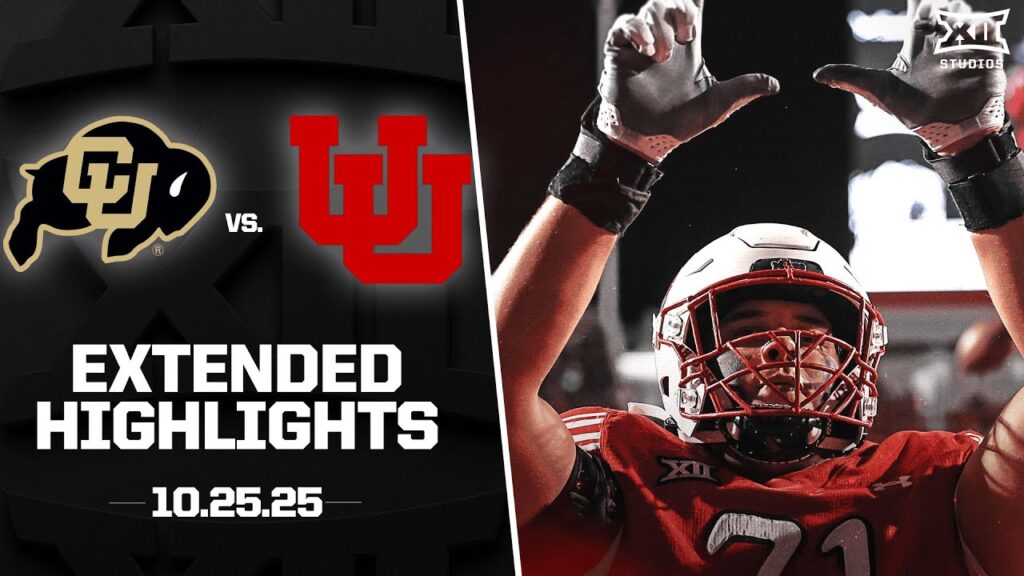
Introduction
The comparison between Colorado and Utah has gained significant attention in recent years, particularly as both states showcase stunning landscapes, robust economies, and a plethora of outdoor recreation opportunities. For the outdoor enthusiast, this debate extends beyond mere geography, impacting decisions on travel, relocation, and lifestyle choices. Understanding the key differences and similarities between these two Western states is essential for anyone considering a visit or a long-term move.
Geography and Climate
Colorado and Utah, both part of the Rocky Mountain region, share breathtaking terrains ranging from rugged mountains to scenic valleys. However, they present distinctly different climates. Colorado generally experiences a more diverse climate with a wider range of temperatures due to its varied elevation, often leading to chilly winters and mild summers. Utah’s climate, particularly in the southern and central regions, is notably drier, characterized by hot summers and cold winters, with less snowfall compared to Colorado’s ski resorts.
Economy and Cost of Living
Colorado’s economy is diverse, heavily driven by technology, aerospace, agriculture, and tourism. Notably, cities like Denver and Boulder are becoming tech hubs, attracting talent from across the country. In contrast, Utah’s economy is particularly robust, featuring strong growth in tech and finance sectors as well, known as the “Silicon Slopes.” The cost of living has spiked in both states, but Utah tends to be more affordable than Colorado, especially in housing markets, making it attractive for new residents.
Outdoor Recreation
Both states are renowned for outdoor activities, attracting millions of visitors each year. Colorado boasts famous ski destinations such as Aspen and Vail, and is home to numerous national parks, including Rocky Mountain National Park. Utah, on the other hand, is celebrated for its unique red rock formations and is home to five national parks (the “Mighty 5”). From skiing and snowboarding in Colorado to hiking and canyoneering in Utah, both states offer unparalleled opportunities for adventure seekers.
Culture and Lifestyle
Culturally, Colorado is known for its vibrant arts scene, craft breweries, and a more liberal political attitude, especially in urban centers like Denver. Utah, heavily influenced by its significant LDS community, emphasizes family values, outdoor activities, and community-centric events. Despite these differences, both states enjoy a rich tapestry of cultural events and festivals.
Conclusion
The comparison of Colorado and Utah reveals both states’ unique identities and shared characteristics. As they continue to grow in popularity and economic strength, understanding their differences can guide potential visitors or new residents in making informed decisions about where to travel or settle down. Whether one prefers the diverse climate of Colorado or the distinctive geology of Utah, both states offer a treasure trove of experiences waiting to be explored.



